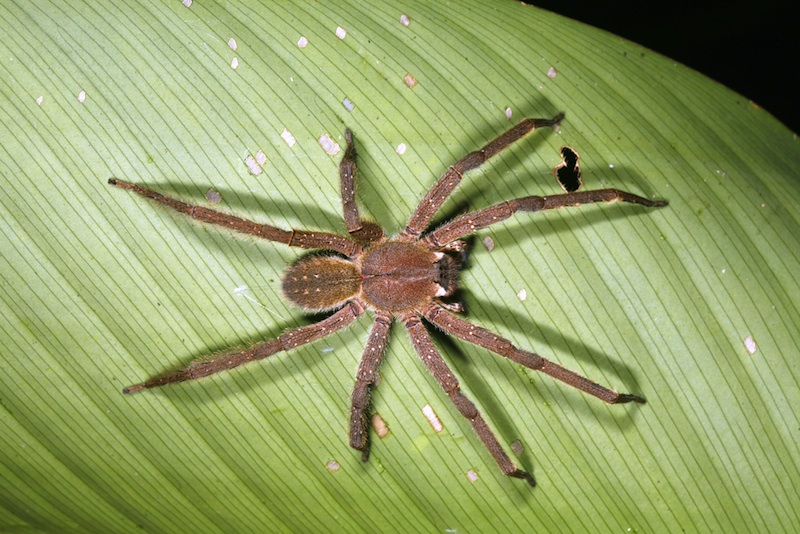New Spin on Erectile Dysfunction Drugs: Spider Toxin

A toxin synthesized from the venom of a spider may offer an alternative to today's erectile dysfunction drugs, a new study suggests.
The toxin, unpoetically named PnTx2-6, comes from the bite of the Brazilian wandering spider (Phoneutria nigriventer). In humans, a bite from a wandering spider is very painful. What's more, male victims may find themselves with priapism, or unrelenting and painful erection. It was this symptom, turning up in emergency rooms after spider bites in Brazil, that first alerted researchers to the potential of PnTx2-6 as an erectile dysfunction (ED) drug.
The toxin has been shown to improve erections in rats with hypertension and diabetes; now, researchers have tested it in aging mice and found that the toxin is effective in reversing age-related ED as well.
"It's working in aging, which is a natural process," study researcher Kenia Nunes, a physiologist at Georgia Health Sciences University, told LiveScience. "It's not just in disease." [10 Wild Facts About the Male Body]
Viagra, Levitra and other ED drugs on the market work by inhibiting an enzyme called PDE5. To get an erection, a man's body must release nitric oxide, which relaxes the smooth muscle around the arteries of the penis, allowing for his blood vessels to dilate. The nitric oxide is a first step in a series of chemical reactions that allow this muscle relaxation to take place. One step in the series is cGMP, a signaling molecule that acts to keep the muscles relaxed. PDE5 degrades cGMP. That's a good thing for ensuring that erections don't last forever, but too much PDE5 can mean an erection doesn't happen at all. By blocking the enzyme, PDE5 inhibitors solve the problem.
The spider toxin works differently. Instead of affecting PDE5, the compound seems to trigger nitric oxide release, acting directly to relax the smooth muscles. Because about 30 percent of patients don't respond to PDE5 inhibitors, the toxin could provide an alternative to ED treatments currently on the market, Nunes said.
In the new study, published online Aug. 23 in the Journal of Sexual Medicine, Nunes and her colleagues injected aging and young rats with the toxin extracted from the spider venom. They found that the toxin reversed age-related erectile dysfunction, offering hope that the toxin could eventually move out of animal testing and into human use. The toxin has not yet been tested in humans.
Sign up for the Live Science daily newsletter now
Get the world’s most fascinating discoveries delivered straight to your inbox.
The researchers have since developed a synthetic version of the toxin. The next step, Nunes said, is to make sure that the compound doesn't have any nasty effects beyond its intended purpose.
"Side effects are the next big hurdle," she said.
Follow Stephanie Pappas on Twitter @sipappas or LiveScience @livescience. We're also on Facebook & Google+.

Stephanie Pappas is a contributing writer for Live Science, covering topics ranging from geoscience to archaeology to the human brain and behavior. She was previously a senior writer for Live Science but is now a freelancer based in Denver, Colorado, and regularly contributes to Scientific American and The Monitor, the monthly magazine of the American Psychological Association. Stephanie received a bachelor's degree in psychology from the University of South Carolina and a graduate certificate in science communication from the University of California, Santa Cruz.









